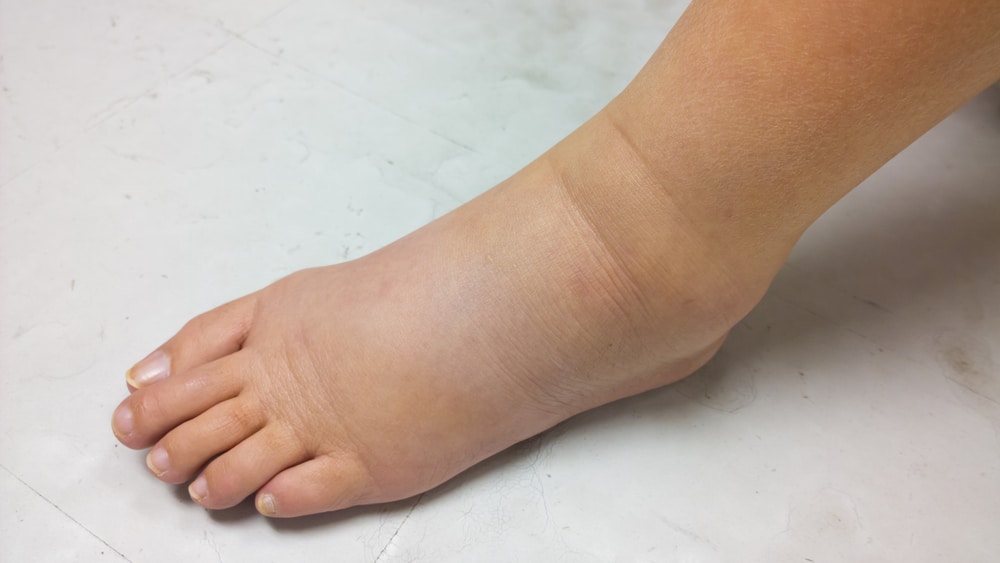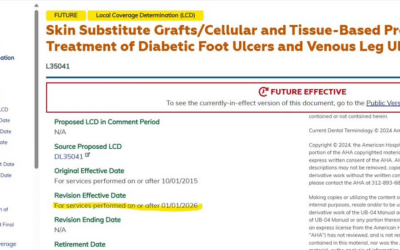On November 1, CMS released the CY 2024 Final Home Health Prospective Payment System Final Rule. This Rule contains significant changes that expand coverage for lymphedema treatment.
Lymphedema Coverage
Starting January 1, 2024, ready-to-wear, non-elastic, gradient compression wraps with adjustable straps will be covered for the treatment of lymphedema in the absence of an open ulcer. When being used to treat lymphedema, three daytime garments or wraps with adjustable straps for each affected limb or area of the body will be allowed, with replacement every 6 months allowed when medically necessary. Payment for compression bandaging systems under this benefit category will include Phase 1 (acute or decongestive therapy) and Phase 2 (maintenance therapy) lymphedema treatments.
New Coding
With this change, there will be a new set of HCPCS codes to represent compression garments when they are used for lymphedema. This will result in certain garments having two different codes, and selection will depend on if the garment is being used for chronic venous insufficiency or if it is being used for lymphedema.
For example, a non-elastic below knee gradient compression wrap will have two different code options. When used for a venous leg ulcer, the code will be:
- A6545: Gradient compression wrap, non-elastic below knee, 30-50 mm hg, used as a surgical dressing, each
When this same garment is used for lymphedema, the code will be:
- A6583 – Gradient compression wrap with adjustable straps, below knee, 30-50 mmhg, each
Lymphedema Versus CVI
This change reinforces the need to differentiate between chronic venous insufficiency and lymphedema. A basic explanation of the difference is lymphedema is an abnormal accumulation of lymphatic fluid and chronic venous insufficiency is an abnormal accumulation of blood. They have different causes and, while there is some overlap in presentation, much of the clinical presentation differs.





